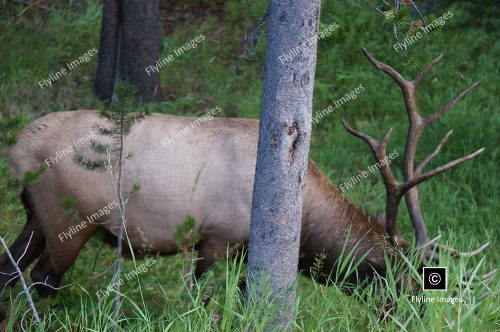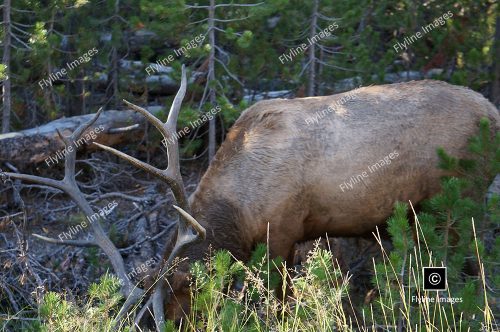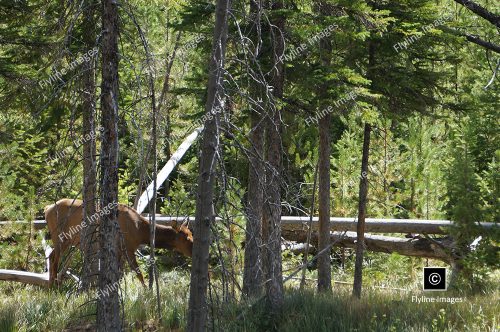Photo Of An Antelope Lamar Valley Yellowstone National Park
Antelope DSCN 1254
$15.00
Description
Purchase this photo for your use. This photo was taken in Yellowstone National Park. The photo shows a beautiful Antelope in the Lamar Valley.
Image & Download Information
For this product, we have provided 3 image size options, Large 4000 x 2500, Medium 2000 x 1250 and Small 1000 x 625. When you purchase this photo, you will receive an email confirmation of your order. That email will summarize your purchase and provide you with the download links for the images and videos you purchase.
MORE ABOUT THIS PHOTO
The American antelope, more accurately known as the pronghorn, is a distinctive species native to the North American plains, and a mesmerizing sight within Yellowstone National Park. Adapted to thrive in the park’s diverse ecosystems, pronghorns are celebrated for their incredible speed—capable of reaching up to 55 miles per hour, making them the second-fastest land animal in the world. Their unique physiological features, including large eyes positioned to provide a wide field of vision, help them detect predators from a distance, ensuring their survival in the wild expanses. Pronghorns are herbivores, grazing on a variety of plants and moving seasonally within the park to follow the availability of food, showcasing their adaptability to the challenging environments of Yellowstone.
The pronghorn’s resilience and adaptability have been a key factor in their survival over the centuries. Despite facing threats such as habitat loss and human interference, this majestic species has managed to maintain stable populations within Yellowstone National Park. However, the pronghorn still faces challenges, particularly in areas outside of protected park boundaries.
One of the biggest threats to pronghorns is habitat fragmentation, caused by human development and infrastructure. As a result, pronghorns are often forced to navigate through fragmented landscapes in search of food and shelter, making them more vulnerable to predators.
To address this issue, conservation efforts have been implemented to protect and restore pronghorn habitats both within and outside of Yellowstone National Park. This includes creating wildlife corridors that connect different areas of pronghorn habitat, allowing them to safely move between these fragmented landscapes. These corridors also benefit other species by promoting genetic diversity and maintaining natural migration patterns.
In addition to habitat fragmentation, pronghorns are also affected by illegal hunting and collisions with vehicles along highways. To combat these threats, wildlife management plans have been put in place that include strict regulations on hunting and the implementation of wildlife crossing structures along highways to reduce collisions.






